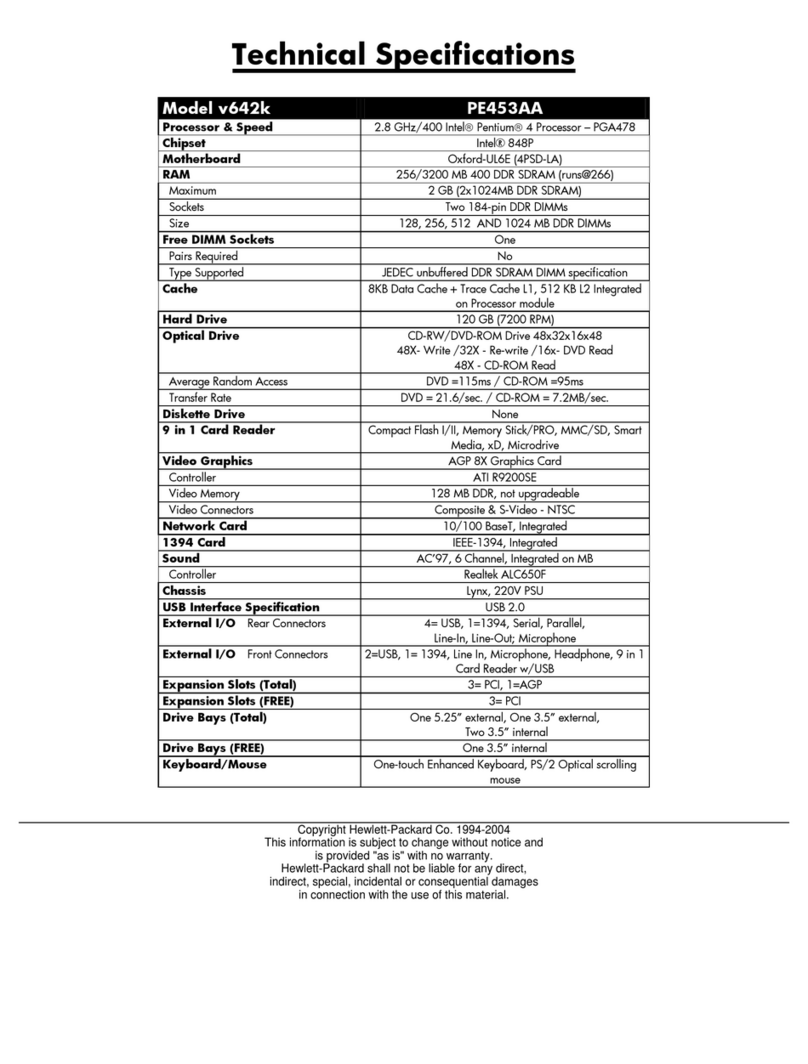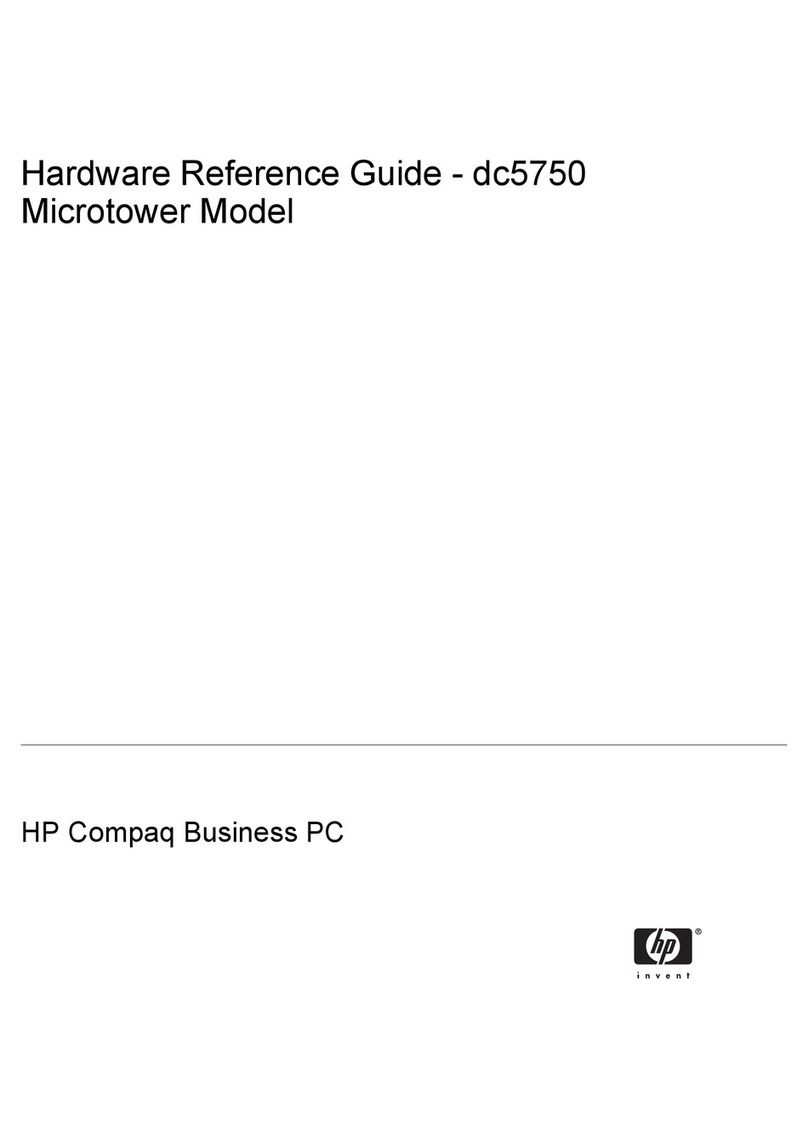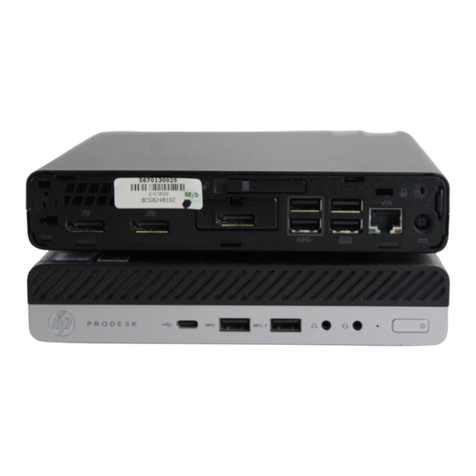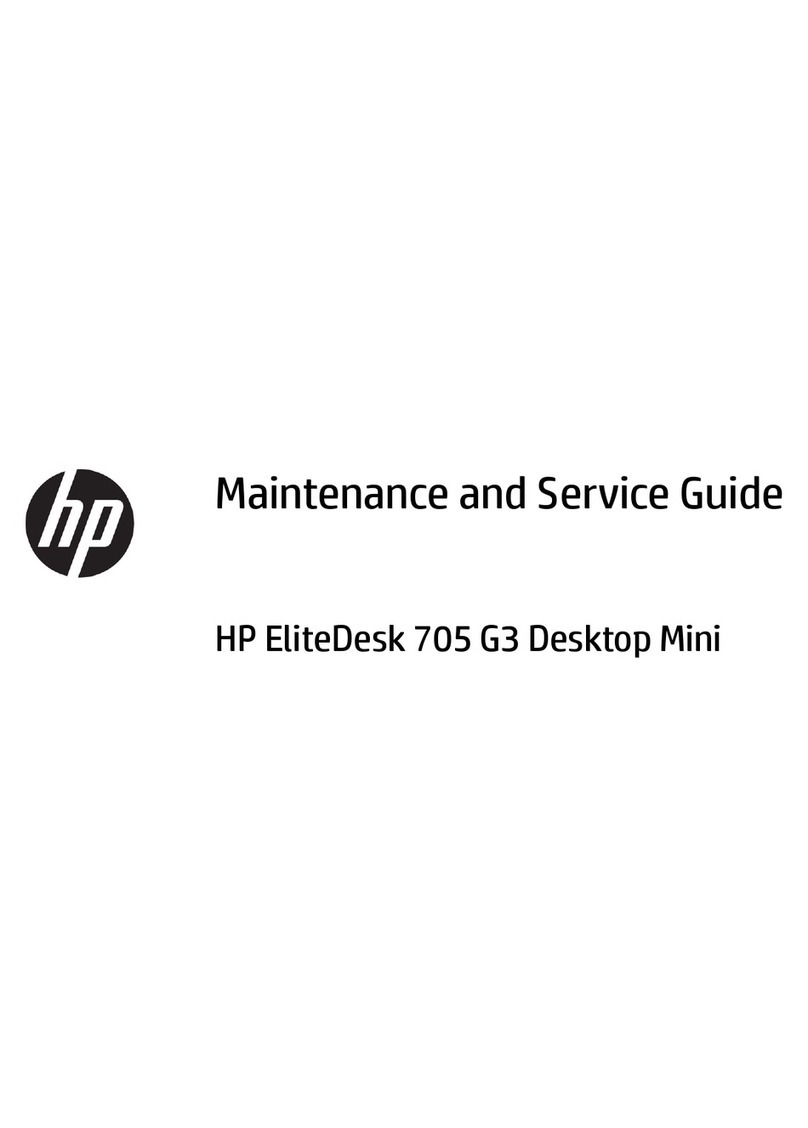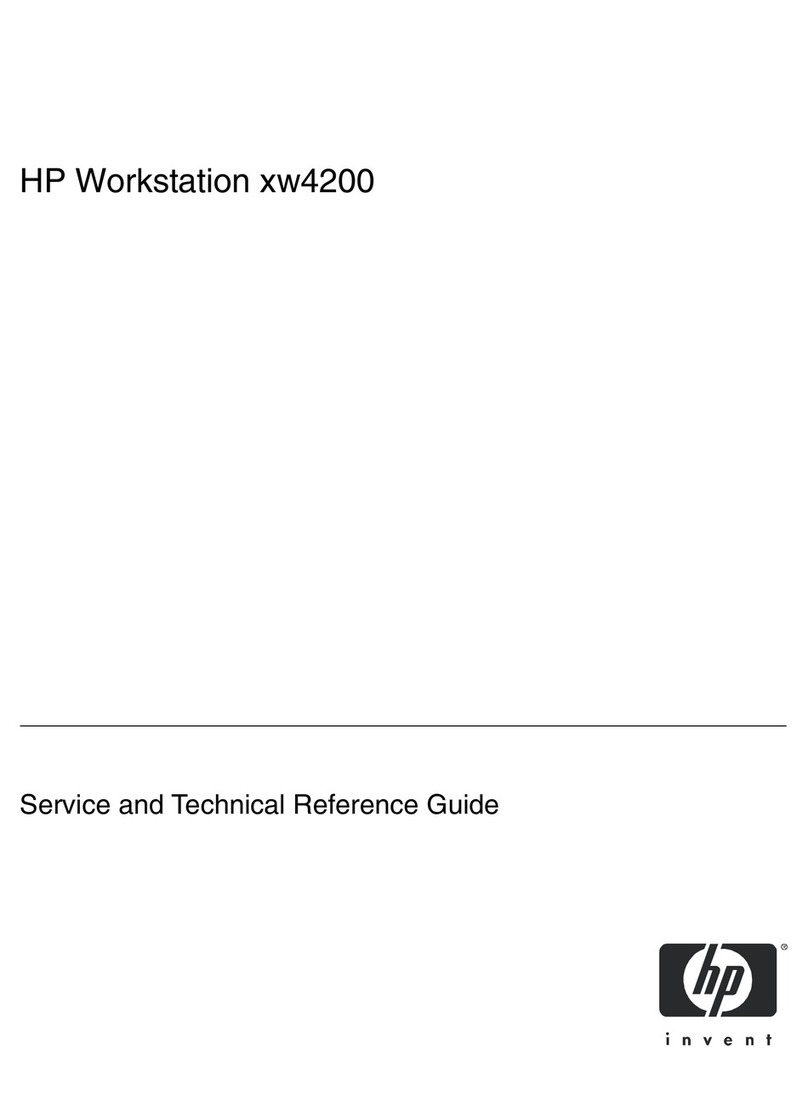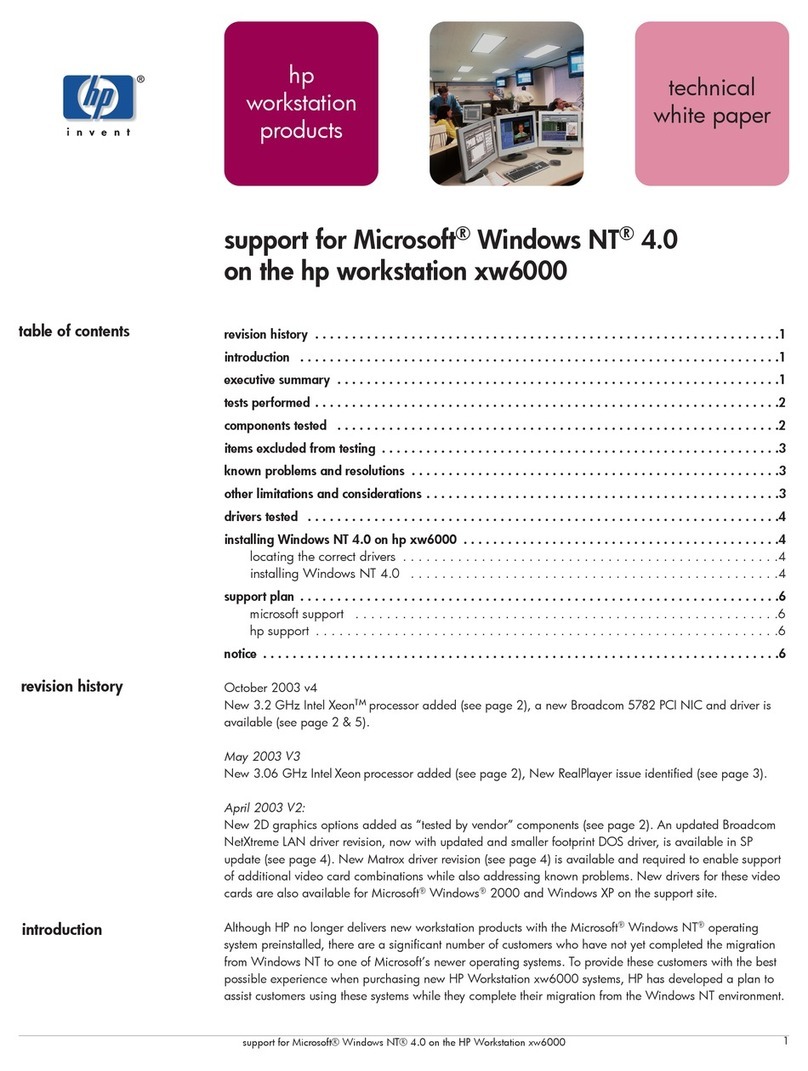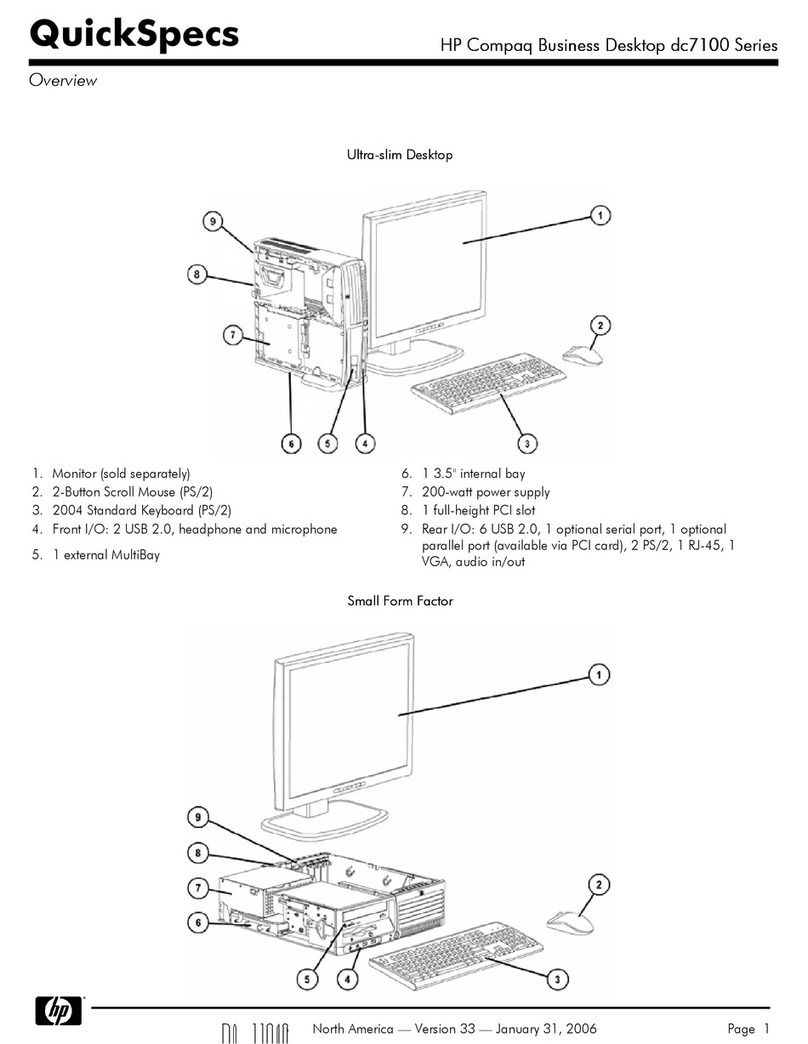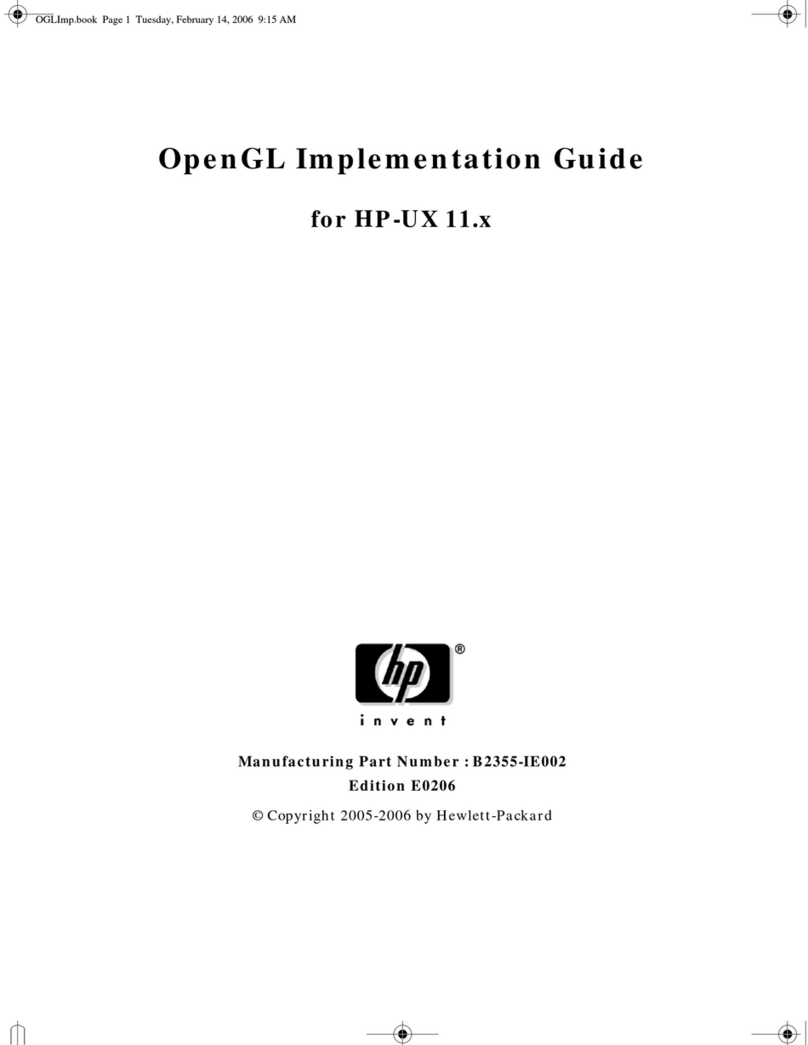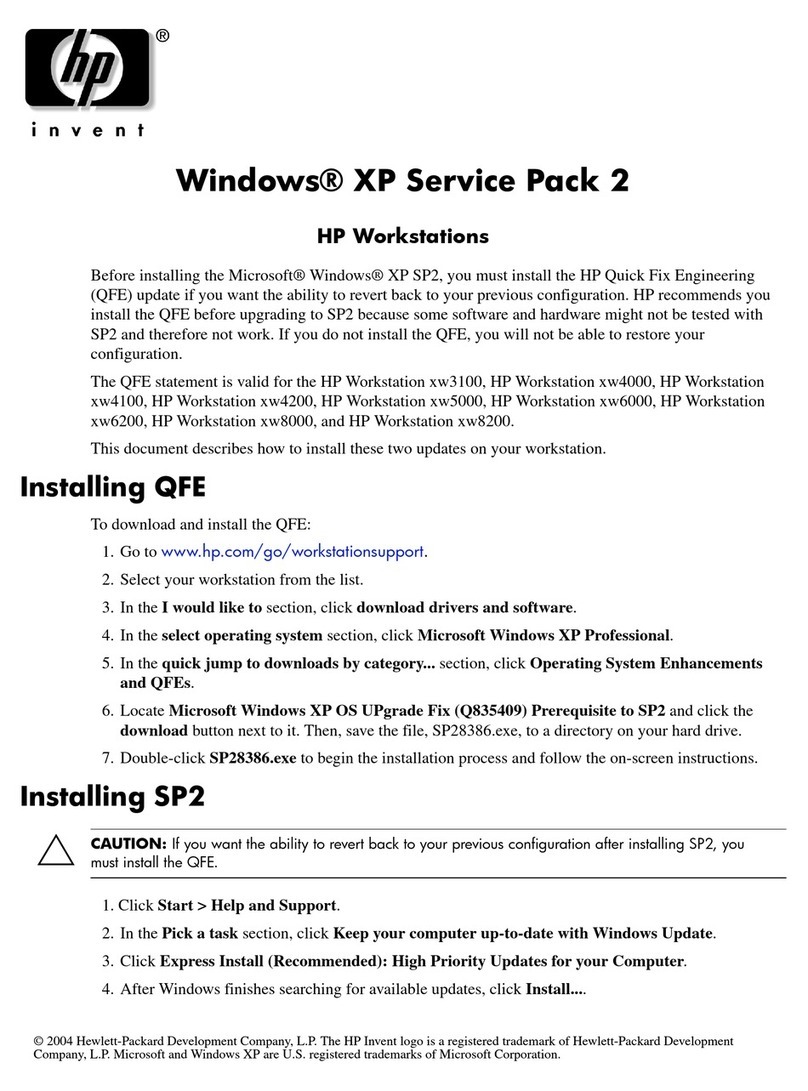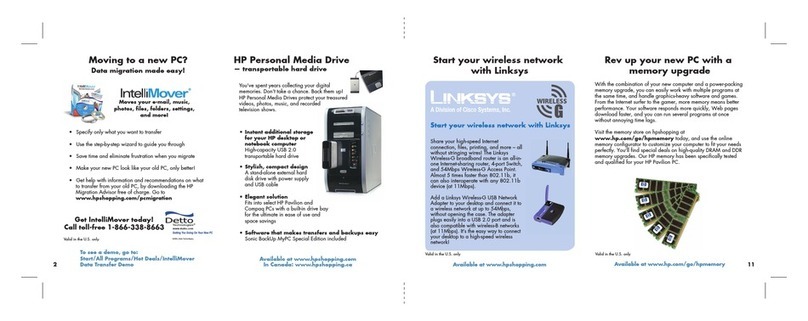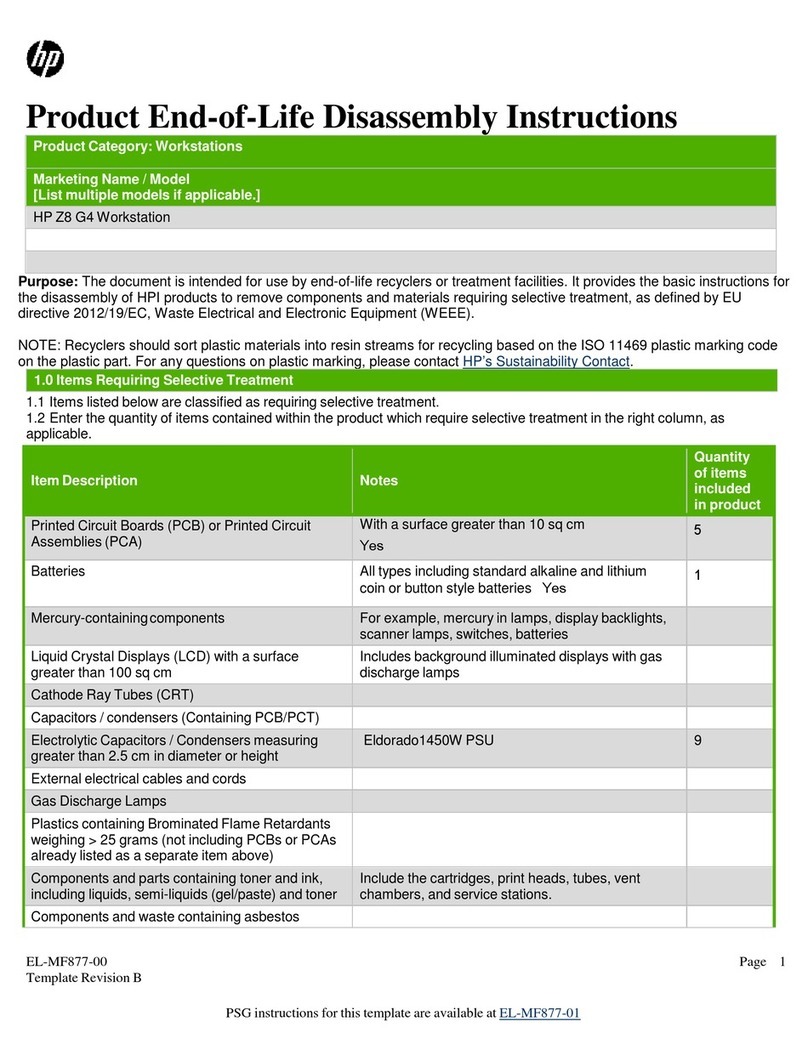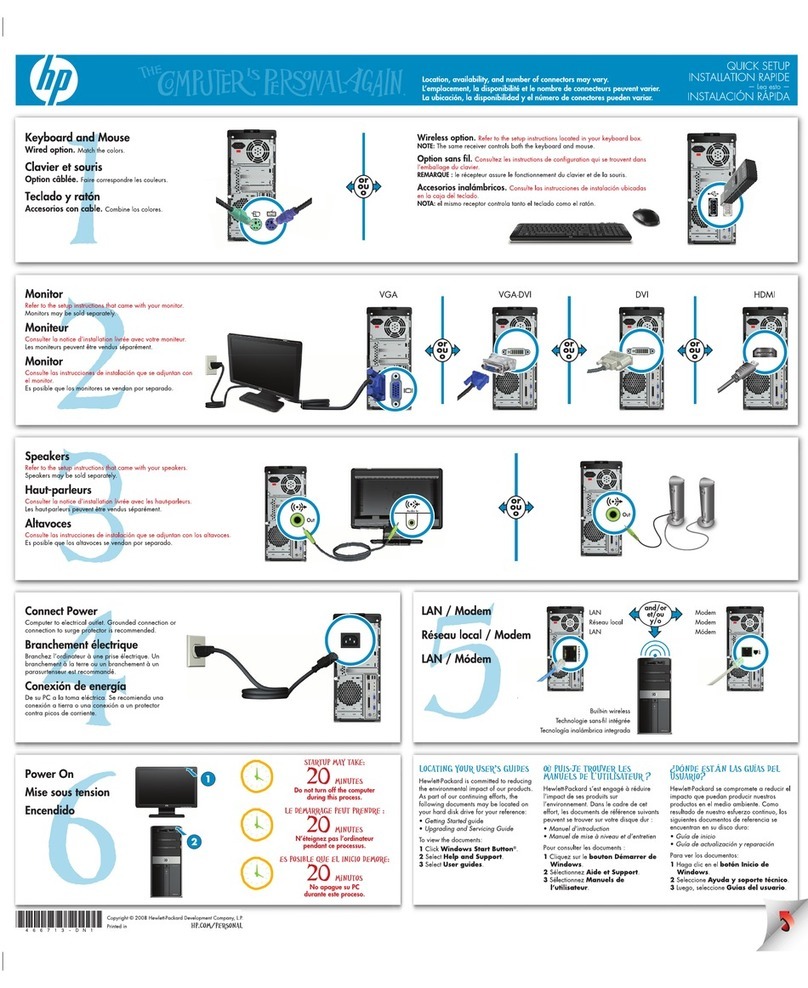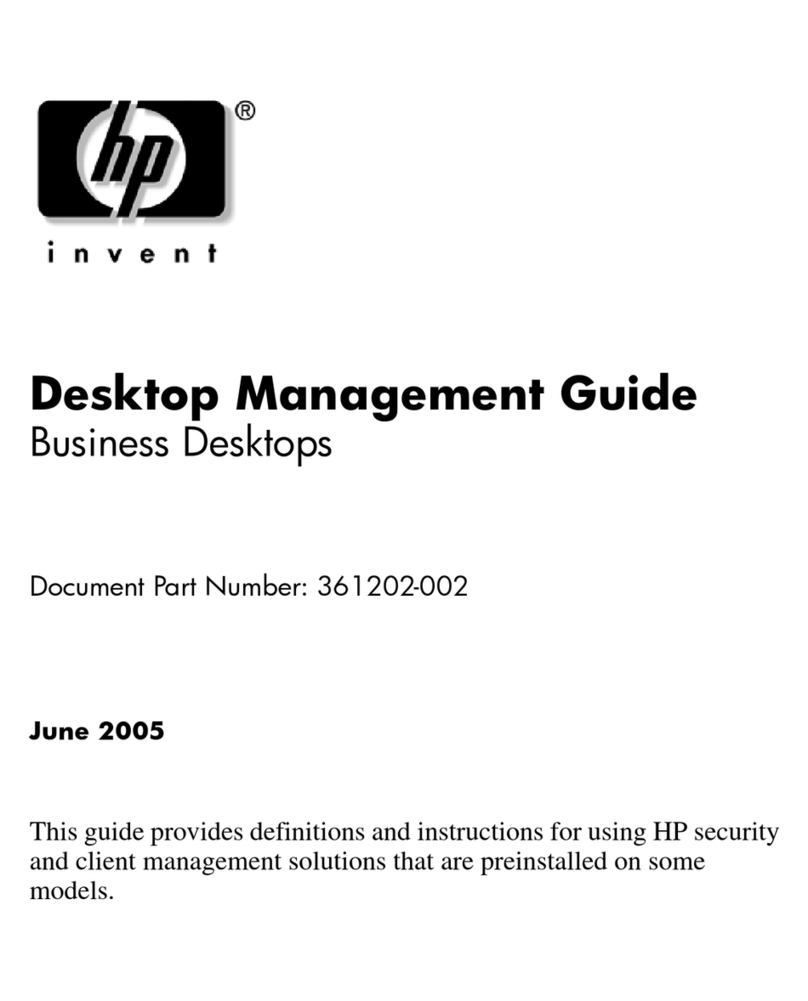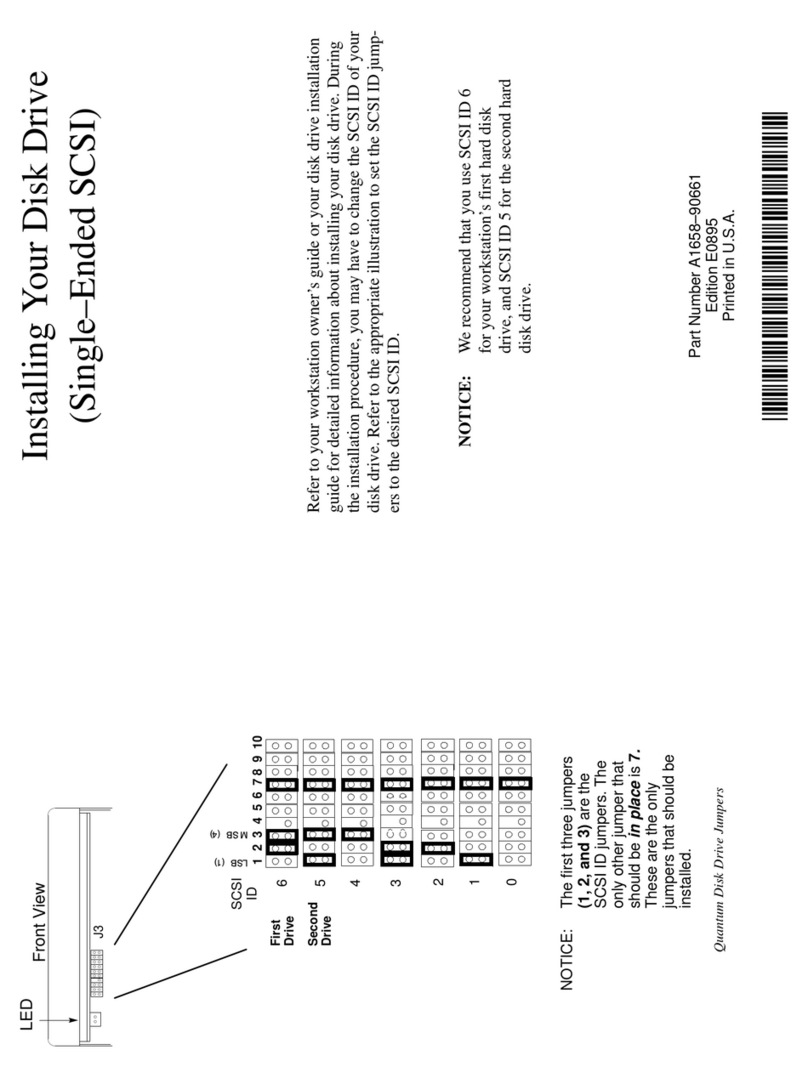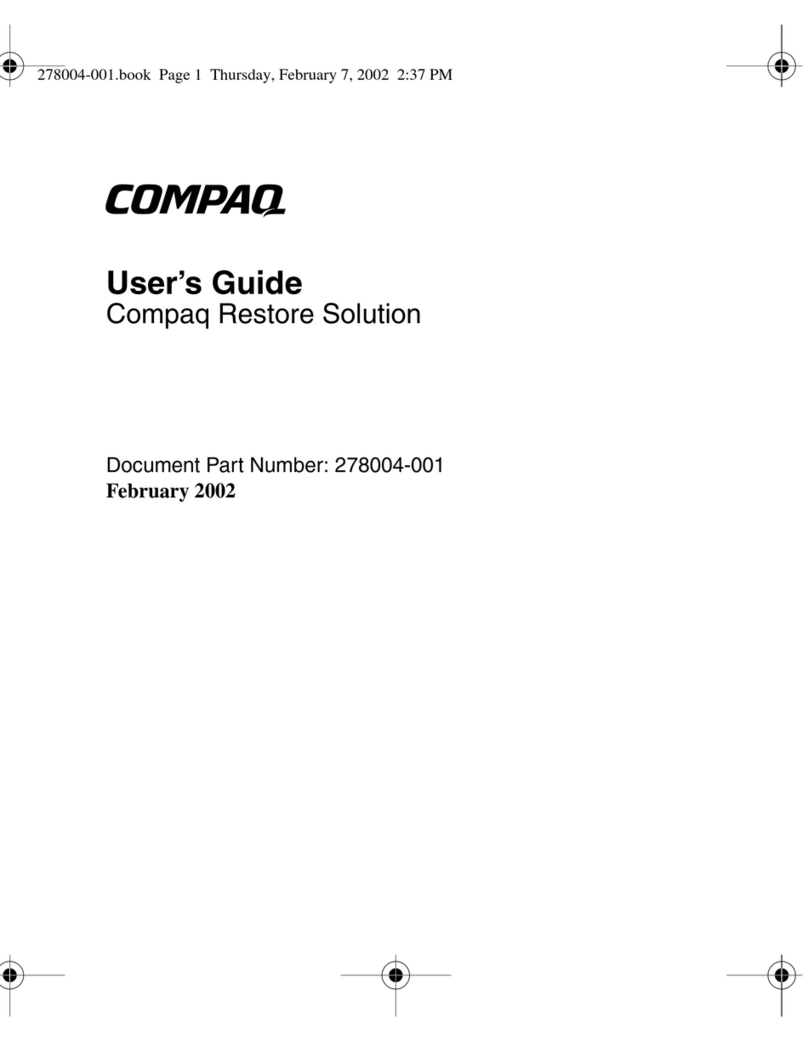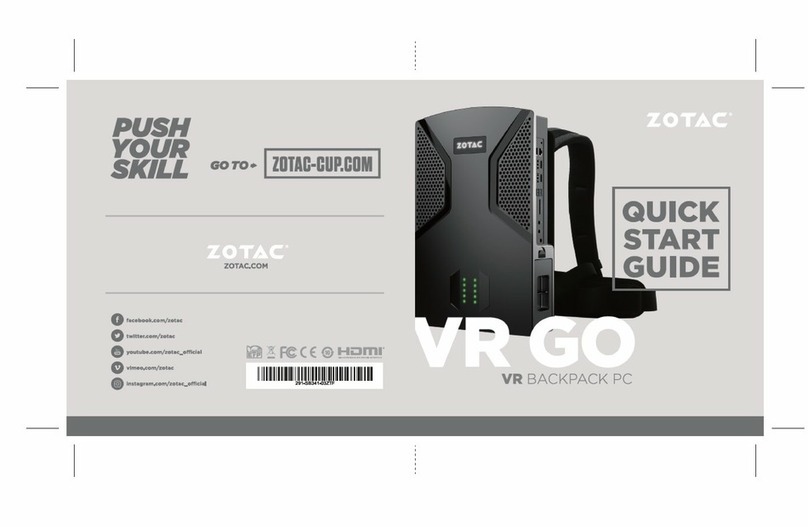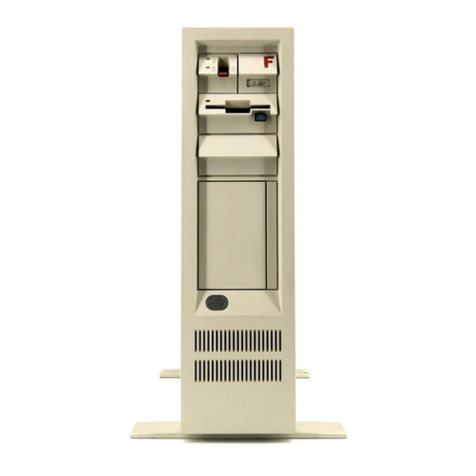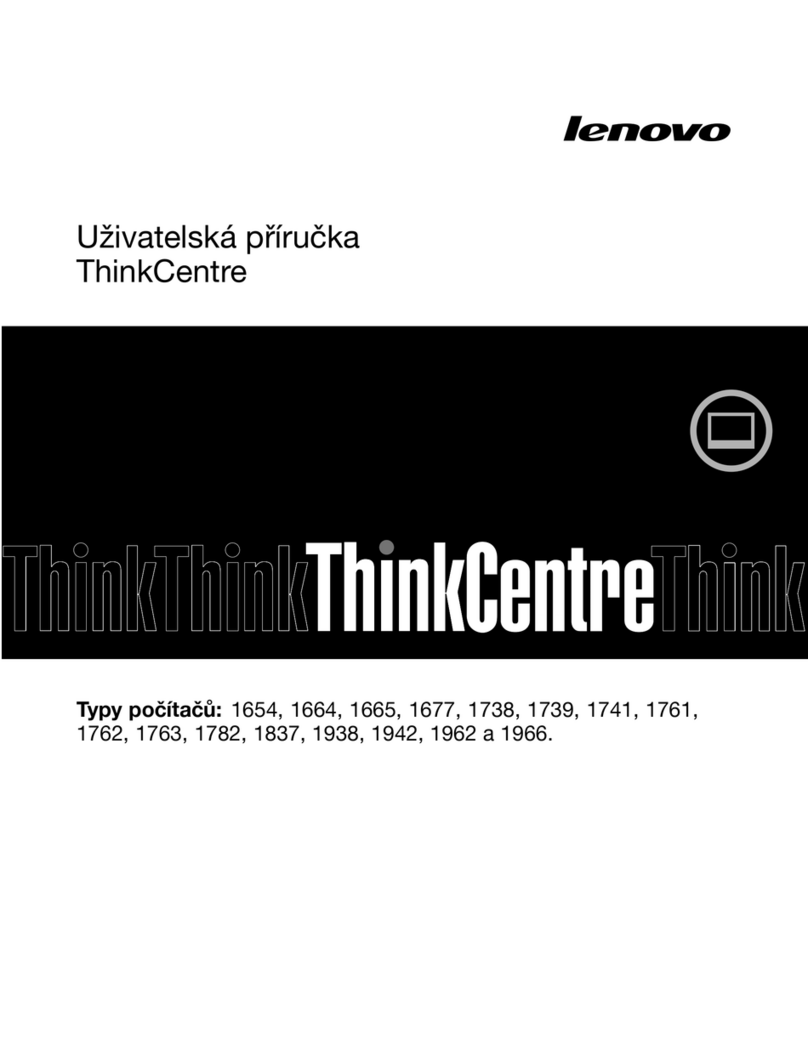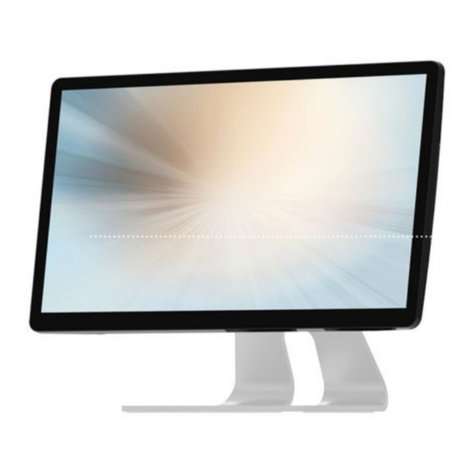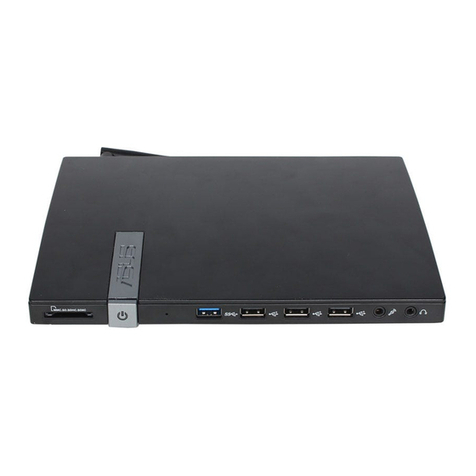English 7
Setting Up the Network Connection
Introduction
Power Management
The HP Enhanced PCI Ethernet interface has unique capabilities
related to the power management of your PC.
Environmental considerations make energy saving a very important
issue. New operating systems such as Windows for Workgroups 3.11,
Windows 95 and OS/2 help to save energy by reducing the power
consumption of the PC when full power is not required (often called
sleep or suspend mode).
Putting various components of the PC into low power mode when no
activity is detected can have side effects on network accessibility.
When the PC is in low power mode or switched off, it can no longer be
accessed through the network which can present problems for
administrators and shared users alike.
The HP Enhanced PCI Ethernet interface has the unique ability to
“wake-up” the PC when in low power mode, or even “power-on” the PC
when it is switched off by receiving a special sequence (known as a
Magic Packet™) from the network.
This ability to control (manage) the power functioning of a PC from a
remote location can offer significant improvements in environmental
and security factors. All users are able to switch off their machines
when not in use without the disadvantage of disrupting the network.
This guide contains instructions on using the remote power features of
your PC (page 11).
Example use of the
Remote Power feature
Remote upgrades: MIS management tasks such as firmware/software
upgrades often happen out of business hours when most users have
switched off their PCs and gone home. If the administrator wanted to
access a PC across the network that was in sleep mode or switched off,
they would have to physically go to the PC to start or “wake” it. Using
the Remote-Wake or Remote-Start command over the network, the
administrator can access machines from their desk that would
otherwise have been unavailable.

